Gallery: Chicago Area's Biggest Climate Chokers
\<i\>Technically in Channahon, the ExxonMobil Joliet Refinery is billed as one of the youngest and most energy efficient facilities of its kind in the country. The 240,000 barrel/day refinery emitted more than 2.3 million tons of CO2 equivalent in 2012, one of the highest totals in Illinois. The facility notoriously slicked roads last October when it \<a href=\"http://chicagoist.com/2012/10/20/exxonmobil_mess_refinery_spews_oil.php\"\>emitted oily substances into the air\<\/a\> that \<a href=\"http://heraldnews.suntimes.com/business/15842943-420/petroleum-by-product-spill-at-exxon-mobil-refinery-closes-road.html\"\>traveled as far as 5 miles away\<\/a\>.\<\/i\>
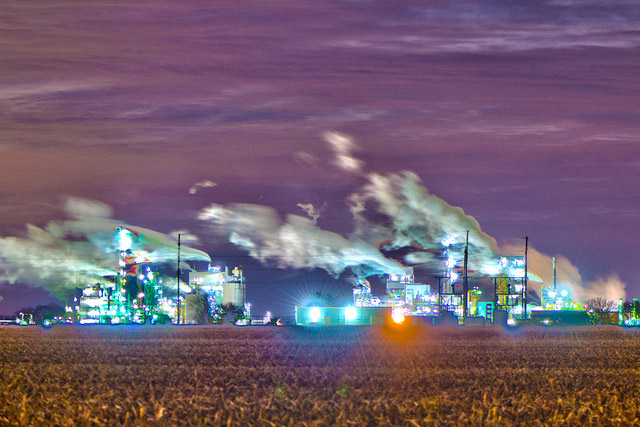
\<i\>Citgo Lemont Refinery sits on 900 acres (some of them in Romeoville), processes 167,000 barrels of oil per day and reported emissions of 1.675 million metric tons CO2e (4th highest emissions in Will County) in 2012. The facility \<a href=\"http://www.reuters.com/article/2013/11/01/us-refinery-fire-citgo-court-idUSBRE9A012I20131101\"\>caught fire in October\<\/a\>. \<\/i\>
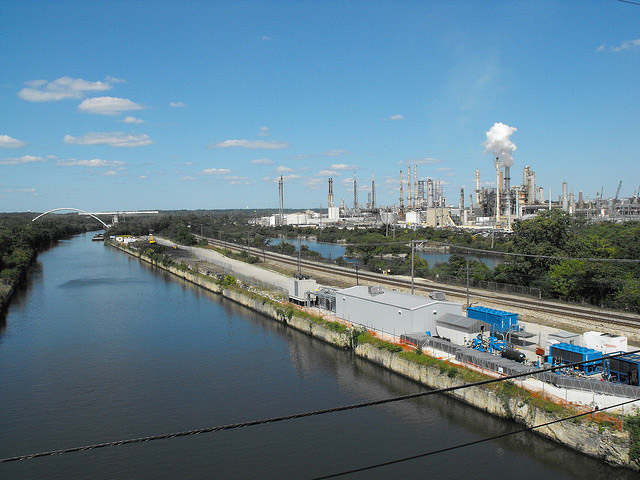
\<i\>Ingredion, formerly Corn Products and Argo in Bedford Park, is notable not just as the birthplace of high fructose corn syrup, but also for operating a coal plant that is now by far the biggest carbon emitter in Cook County, belching out more than 850,000 metric tons of CO2e last year. \<\/i\>
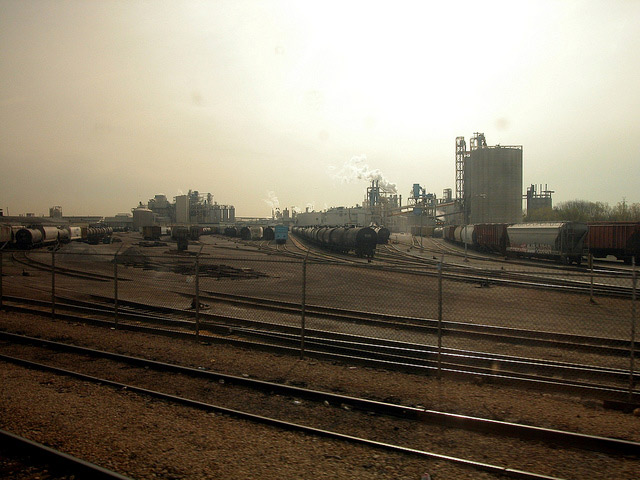
\<i\>Will County Generating Station, seen looming over its coal piles. The Midwest Generation-owned plant is located in Romeoville and emitted 3.5 million metric tons of carbon dioxide equivalent (CO2e) in 2012 according to the USEPA. That is a sharp reduction from previous years, but still enough to make it the 2nd biggest carbon polluter in Chicagoland. The plant\'s owners \<a href=\"http://www.suntimes.com/business/17072351-420/midwest-generation-parent-files-for-chapter-11-bankruptcy.html\"\>filed bankruptcy\<\/a\> in December of 2012 and was recently purchased by NRG.\<\/i\>
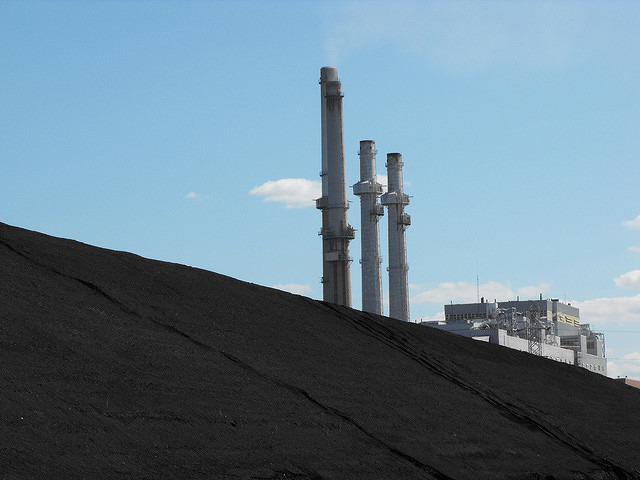
\<i\>Waukegan Generating Station. The Midwest Generation-owned plant released emits 3.475 million metric tons of carbon dioxide equivalent (CO2e) last year according to the USEPA, making one of the state\'s biggest carbon polluter in Chicagoland and 6th highest emitters. The plant\'s owners \<a href=\"http://www.suntimes.com/business/17072351-420/midwest-generation-parent-files-for-chapter-11-bankruptcy.html\"\>filed bankruptcy\<\/a\> in December of 2012 and was recently purchased by NRG.\<\/i\>
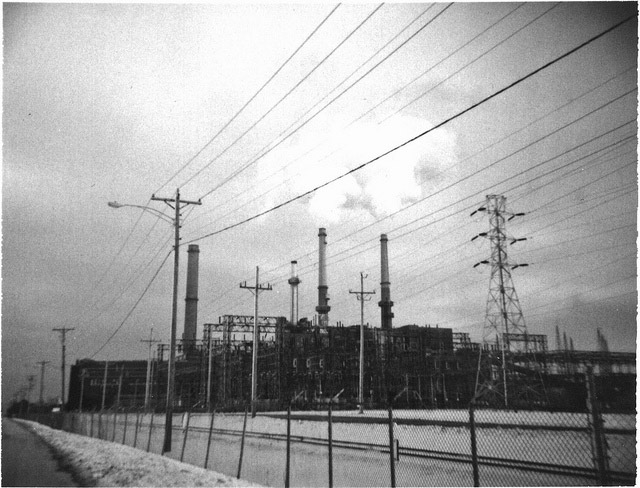
\<i\>University of Illinois-Chicago operates two cogeneration plants running mostly on natural gas that emit a reported 137,000 metric tons of CO2e in 2012. That makes it the 7th largest emitter in Cook County (5th active), though that is a fraction of the emissions from the state\'s major greenhouse gas polluters and the University\'s \<a href=\"http://www.uic.edu/sustainability/climateactionplan/drafts/UIC.CAP.FINALdft.pdf\"\>sustainability plan\<\/a\> will take a major bite out of their carbon footprint.\<\/i\>
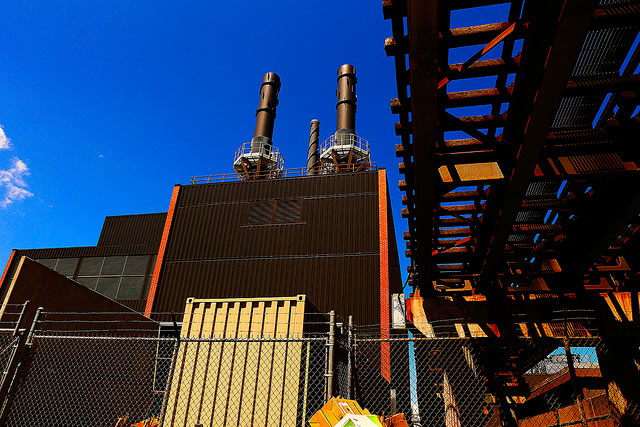
\<i\>ArcelorMittal has facilities around Chicago and Northwest Indiana. Their Riverdale mill has been around since 1910 and is capable of producing 750,000 tons of raw steel annually. That kind of production also creates just shy of 145,000 metric tons of CO2e (6th highest total in Cook County and 4th among current emitters, but a fraction of the state\'s biggest emitters).\<\/i\>
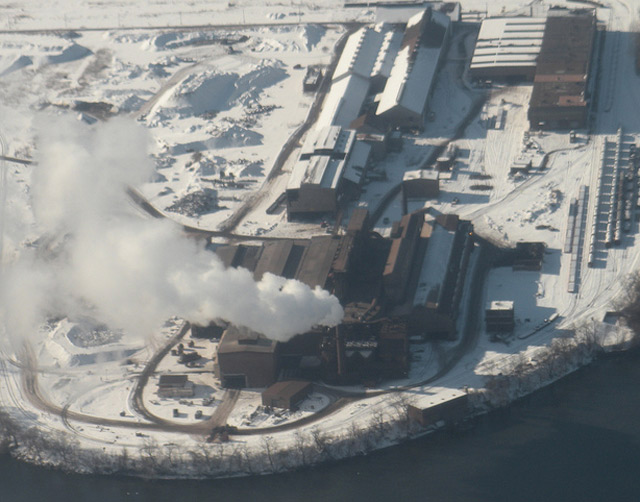
\<i\>The Horsehead Corporation operates zinc smelters that process steel dust into materials for road products and zinc oxide. Their facility near Torrence and 114th in Chicago emitted over 117,000 metric tons of CO2e, the 6th among current emitters in Cook County.\<\/i\>
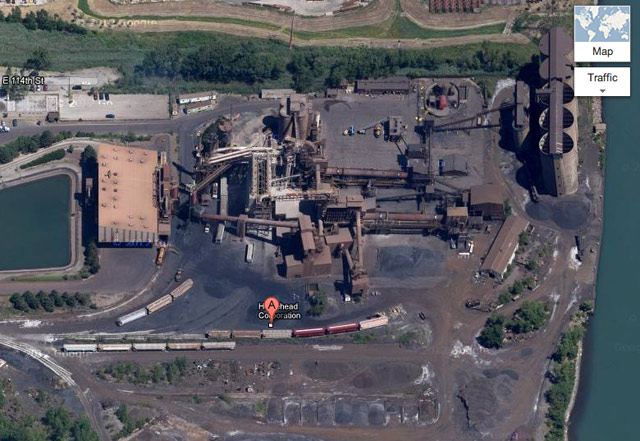
It boggles the mind how the climate change “debate” continues even as we see crazy stuff completely in-line with the scientists’ predictions popping up in our back yards. For instance: the Chicago River flowing backwards (re-reversed?) twice this year due to historic low Lake levels and insanely violent rainstorms!
Nevertheless, on Friday, Nov. 8, folks concerned about climate change (and, sadly, probably plenty denying it) will descend on the EPA’s offices on Jackson Blvd. for a “public listening session” to give input on upcoming carbon pollution regulations for existing power plants.
If you have something to say, they want to hear it—but you probably need to make an appointment in advance.
In the run-up to that hearing, we thought it was time to revisit the facilities making the biggest climate messes in the area.
According to new EPA data released last month, Illinois farts out the 7th highest carbon plume in the nation.
The top 10 emitters list in Illinois is dominated by downstate coal plants, with Archer Daniels Midland in Decatur representing the only industrial facility. (It should be noted, though, that the company has an active carbon capture and sequestration project underway, burying some of their carbon dioxide in the ground).
Midwest Generation’s Will County and Waukegan coal plants are joined by three area refineries (Exxon’s refinery in Joliet; Citgo’s recently torched facility in Lemont; and Marathon’s Robinson refinery) as Chicagoland’s only representatives in the top 25 Illinois carbon polluters.
The 2012 data still puts the now-shuttered Fisk and Crawford coal plants as Cook County’s biggest emitters.
But, with the departure of Chicago’s coal plants, Ingredion Incorporated’s Argo plant in Bedford Park will now stand as Cook County’s biggest climate choker.
The facility, which can be seen from I-55 near Brookfield Zoo, emits 851,000 metric tons of carbon pollution, which is more than the next 4 highest carbon emitters in the county combined. (That 's People’s Gas in Chicago; the Land and Lakes Company landfill in Dolton, ArcelorMittal’s Riverdale steel mill; University of Illinois-Chicago’s powerplant; and the Horsehead Corporation facility on Chicago’s southeast side).
For context, Illinois’ highest emitter is the Baldwin Energy Complex downstate, which spews 12.5 million metric tons (up from 11.8 last year). It stands as the 20th biggest carbon cloud in the country, though neighboring Indiana has two facilities that are among the nation’s top-5 emitters (both release more than 16 million metric tons).







